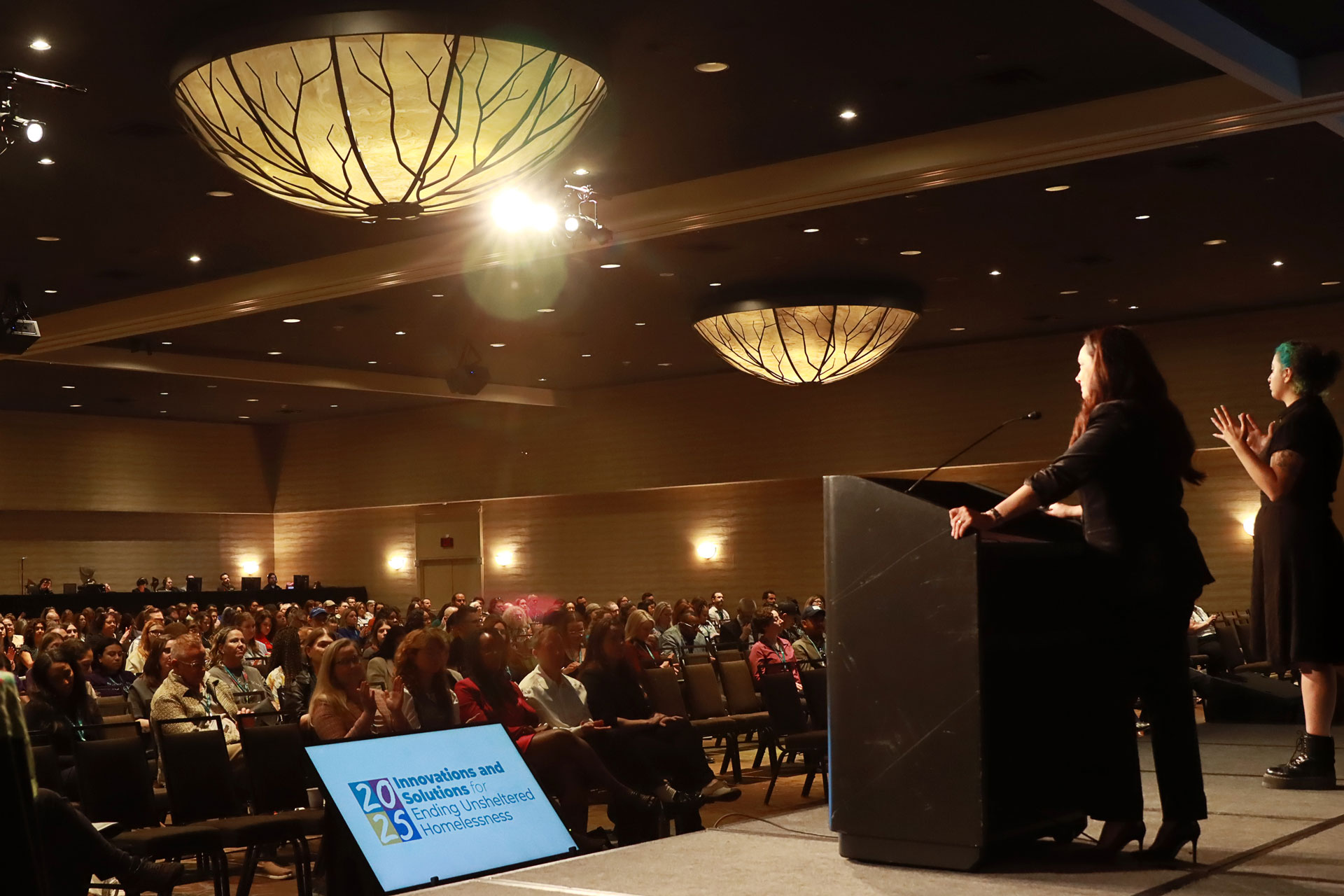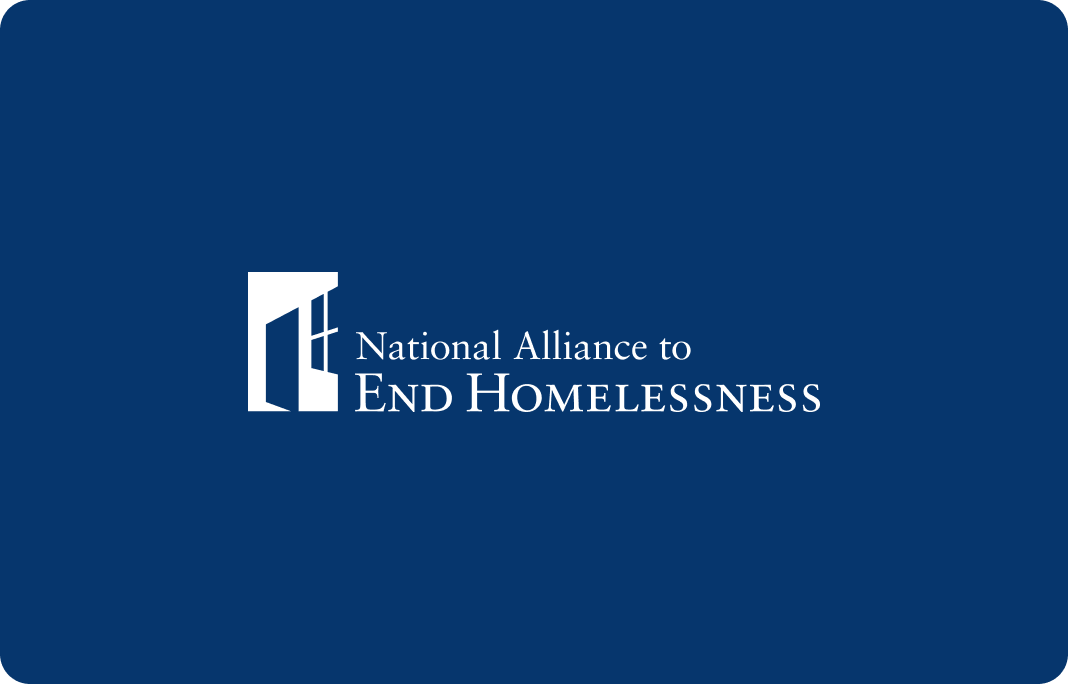During the 2018 Point-in-Time (PIT) Count, transgender and non-binary individuals were found in almost every state and nearly two-thirds of the Continuums of Care (CoCs) in the U.S. Both groups are more likely to be unsheltered than the general population. Thus, it is imperative that providers in every state and CoC be prepared to ensure these vulnerable groups equal access to services.
Transgender Individuals
Transgender people comprise an estimated 0.6 percent of the general population (Flores, Herman, Gates, & Brown, June 2016). They made up 0.5 percent of the total homeless population as identified during the 2018 HUD Point-in-Time Count, or 2,512 people. Nationally, 44 percent (1,100) of the transgender population experiencing homelessness were sheltered, while 56 percent (1412) were unsheltered.
Fifty percent (1,252) of all transgender people experiencing homelessness were found in California. The Continuum of Care (CoC) with the highest number of transgender people was Los Angeles City and County with 919 people.
It is also helpful to look at a group’s share of the homeless population. Mississippi had the highest share of transgender people—1.5 percent of its homeless population or 20 people. Similarly, the CoC with the highest percentage of its homeless population identifying as transgender was also in Mississippi. The Jackson/Rankin, Madison Counties CoC’s transgender population was 4 percent of its total homeless population, or 18 people.
Sheltered
Thirty percent (324) of the sheltered transgender population was in New York. The Continuum of Care with the highest number of sheltered transgender people was New York City with 308 people. New York has a legal right to shelter.
Mississippi had the highest percentage of transgender people in shelter—1.2 percent of its homeless count (or 20 people). The Continuum of Care with the highest percentage of transgender people in shelter was the Jackson/Rankin, Madison Counties CoC with 2.6 percent which amounted to only 8 people.
Unsheltered
The largest number of transgender people living in unsheltered situations was in California, representing 73 percent of all transgender people not in shelter. The Los Angeles City and County CoC had the highest number of unsheltered transgender people (803). In general, unsheltered numbers and rates are large in California and its major city CoCs. The fact that this pattern extends to subpopulations is not surprising.
New Mexico had the highest share of unsheltered transgender individuals (2 percent or 16 people). The Continuum of Care with the highest percentage of unsheltered transgender people was the Syracuse, Auburn/Onondaga, Oswego, Cayuga Counties CoC in New York state. However, its 8.3 percent rate represented just 1 person. The CoC with the second highest percentage of unsheltered transgender people was the Jackson/Rankin, Madison Counties CoC at 7.3 percent and that represented 10 people.
Non-binary Individuals
Non-binary individuals (those who do not identify as male, female or transgender) made up 0.2 percent of the homeless population, or 1163 people of in the nation-wide 2018 Point-in-Time Count. There has been little research to quantify the exact number people who are non-binary living in the U.S. Nationally, 18 percent (206) of non-binary individuals experiencing homelessness were sheltered, while 82 percent (957) were unsheltered.
California had the largest number of people who did not identify as male, female or transgender experiencing homelessness, 419. This represents 36 percent of all people in this gender category who were homeless nation-wide. The Continuum of Care with the highest number of people who were non-binary was the Seattle/King County CoC with 350 people.
Again, examining the share of people experiencing homelessness in the category, Washington State had the highest share at 1.7 percent of its homeless population (or 368 people). The CoC with the highest percentage of its homeless population in this category was Yuba City and County/Sutter County CoC with 4.8 percent or 37 people counted.
Sheltered
Overall, the sheltered rates of non-binary individuals are low. The state with the highest number of sheltered people in this category was California, with only 36 people.
Both Kansas and Oregon had the highest percentages of sheltered non-binary individuals: 0.4 percent each, or 7 and 22 people respectively. The Youngstown/Mahoning County CoC had the highest percentage of clients who did not identify as one of the three gender categories: 3.2 percent or 5 people counted.
Unsheltered
The percentage of people who are non-binary and experiencing unsheltered homelessness is troublingly high at 82 percent. California and Washington states had the highest numbers of unsheltered people in this category, 383 and 349 respectively. Together, those two states had 77 percent of all unsheltered people who did not identify as male, female, or transgender. The CoC with the highest total was Seattle/King County with 338 people. These states and CoC generally had high numbers of people who were both experiencing homelessness and were unsheltered.
Similarly, the state with the highest percentage of unsheltered non-binary people was Washington with 3.3 percent of its homeless population or 349 people counted. The CoC with the highest percentage of unsheltered people in this category was the Amarillo CoC with 15.9 percent of its unsheltered population or 17 people counted.
Youth
People who report being transgender are more likely to be youth, falling into the 18-24 years old age bracket (Flores, Herman, Gates, & Brown, June 2016). Thus, the subject matter of this brief is particularly relevant to service providers working with homeless youth. According to a recent U.S. Department of Health and Human Services study, transgender youth make up a significant proportion of youth experiencing homelessness—they were 7 percent of those reached through extensive outreach efforts (Whitbeck et al, 2016).
Youth providers surveyed indicated that the most frequently named reason for LGBT homelessness was family rejection due to sexual orientation and gender identity, followed by being forced out of their family home as a result of coming out as lesbian, gay, bisexual, or transgender (Durso, 2012). In addition to family rejection, LGBT youth also face higher levels of physical and mental health issues, as well as victimization during their homeless experience. One study suggests they average 7.4 more perpetrators of sexual victimization than non-LGBT youth (Cochran, Stewart, Ginzler, & Cauce, 2002).
Equal Access
A comprehensive study found that, “transgender and gender non-conforming people face injustice at every turn: in childhood homes, in school systems that promise to shelter and educate, in harsh and exclusionary workplaces, at the grocery store, the hotel front desk, in doctors’ offices and emergency rooms, before judges and at the hands of landlords, police officers, health care workers and other service providers” (Grant Ph.D., Mottet, & Tanis, 2011).
It is critical that the homeless services sector provide a safe, welcoming, and supportive environment for transgender and non-binary people, and help them quickly return to housing and connect with the supports they need in the community. The U.S. Department of Housing and Urban Development’s (HUD) Equal Access Rule is important in achieving this, both as a requirement for those receiving HUD funding, and as a source of information on how to protect the rights of transgender and non-binary people (among others).
HUD’s Equal Access Rule (2012) states that all HUD programs are open to all eligible individuals and families regardless of their marriage status, sexual orientation or gender identity. An updated rule adopted in 2016 specified that transgender people using homeless shelters should be placed and accommodated in accordance with their gender identity. In May 2019 the U.S. Office of Management and Budget indicated its intention to amend the Equal Access Rule in ways that would reduce some of the protections it provides for transgender and non-binary people. However, there is no timetable for this, and as of this writing the Equal Access Rule as approved in 2012 and amended in 2016 is still in effect.
In 2016 further guidance (unlike a Rule, not binding) on how homeless services should implement the Equal Access Rule was proposed. While that guidance has been pulled back by HUD and removed from its website, it is very helpful and can be found on the National Alliance to End Homelessness website here. It includes information on using inclusive language, having fair housing and anti-discrimination policies, implementing inclusivity policy standards for staff and residents, and creating inclusive spaces. Additionally, maintaining confidentiality surrounding medication and sex assigned at birth are important to the privacy of the transgender and non-binary clients.
Despite the helpful framework that the Equal Access Rule and guidance have provided, there is a great deal of work to do in the homelessness sector in terms of helping people who are transgender and/or non-binary. The unsheltered rates for both populations are higher than for their cisgender counterparts. In the case of people who do not identify as male, female, or transgender, the percentage is staggering. It is not clear if the issue is that shelters have not been fully implementing the Equal Access Rule, that transgender and/or non-binary people do not know where to go if they become homeless, or that they are self-selecting out of staying in shelter. Further research and effort are needed.
More information and training materials surrounding the Equal Access Rule can be found on the Alliance’s website here under the heading “HUD’s Equal Access Rule: What it Is, What’s Changed, and What You Need to Know.”
About this Data
The data in this brief comes from HUD’s 2018 Point-in-Time Count. The information was self-reported by the consumer or based on observational data collected by a volunteer conducting surveys for the Count. The data may also have been extrapolated to estimate a total number of people experiencing homelessness in areas too large for a full street count.
Because CoCs report the data to HUD in aggregate, there are limitations on the ability to fully analyze the data at the intersections of identity. For example, the Alliance was unable to produce analysis that focused on transgender women or non-binary people over the age of 55.
Despite this limitation, this is the most comprehensive country-wide data available on transgender and non-binary people experiencing homelessness. It indicates a seriously under-served population and can be a starting point for communities across the country to discuss how to improve assistance to this very vulnerable population.
Works Cited
Canavan, D., & Ledger, F. (2015). Equal Access for Transgender People. Washington: U.S. Department of Housing and Urban Development.
Cochran, B. N., Stewart, A. J., Ginzler, J. A., & Cauce, A. M. (2002). Challenges Faced by Homeless Sexual Minorities: Comparison of Gay, Lesbian, Bisexual and Transgender Homeless Adolescents with their Heterosexual Counterparts. American Journal of Public Health, 773-777.
Durso, L. G. (2012). Serving Our Youth: Findings from a National Survey of Service Providers working with Lesbian, Gay, Bisexual, and Transgender Youth who are Homeless or At Risk of Becoming Homeless. Los Angeles: The Williams Institute with True Colors Fund and The Palette Fund.
Flores, A. R., Herman, J. L., Gates, G. J., & Brown, T. N. (June 2016). How Many Adults Identify as Transgender in the United States. Los Angeles: the Williams Institute.
Grant Ph.D., J., Mottet, J. L., & Tanis, J. (2011). Injustice at Every Turn: A Report of the National Transgender Discrimination Survey. Washington: National Center for Transgender Equality.
Sakamoto, I., Chin, M., Chapra, A., & Ricciardi, J. (2009). A ‘Normative’ Homeless Woman?”. Marginalisation, Emotinal Injury and Social Support of Transwomen Experiencing Homelessness. Gay & Lesbian Issues and Psychology Review, 1-19.
Webb, A., Budge, S., Krishnan, M., & Balsam, K. (2015). Non-Binary Gender Identities Fact Sheet. Washington: American Psychological Association.
Whitbeck, P. L., & al, e. (2016). Administration for Children & Families Family and Youth Services Bureau Street Outreach Program: Data Collection Study Final Report. Washington: Administration on Children, Youth and Families.
Stay Updated: Solutions, Stories, and Ways to Make an Impact
Sign up to receive updates on the Alliance’s work, including the latest research, advocacy efforts, and real stories of progress — plus ways you can help drive lasting change.











